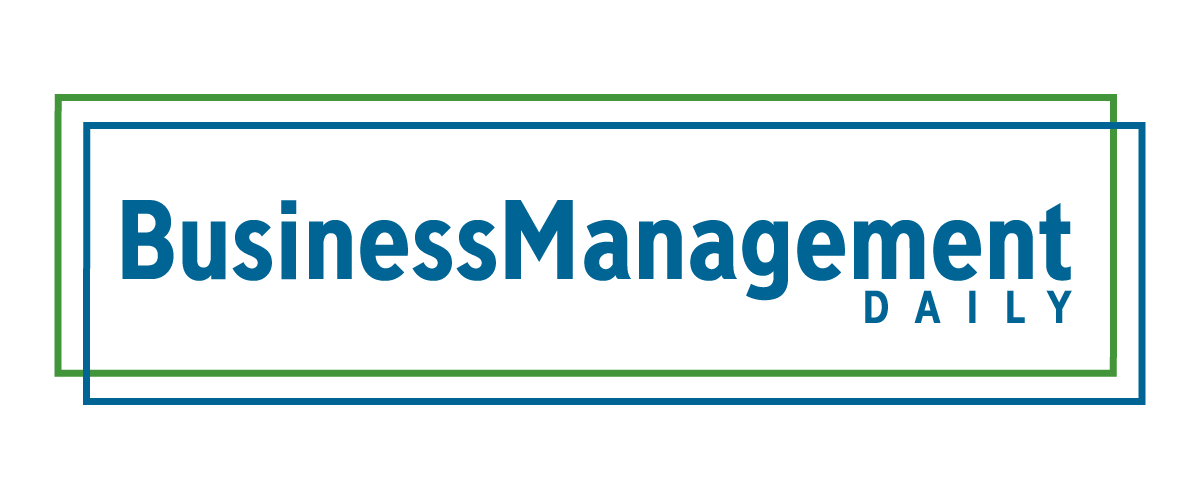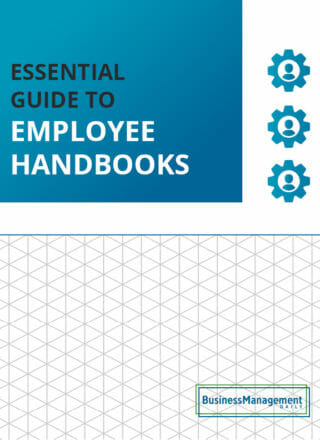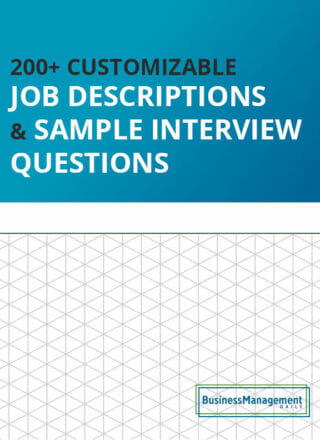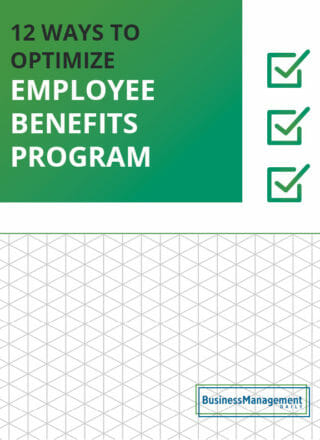FSA receipt requirements: What you need to document
Understanding flexible spending accounts (FSAs)
Flexible spending accounts (FSAs) are employer-established accounts that enable you to set aside pre-tax dollars from your paycheck into a special account for use in paying eligible health or dependent care expenses.
They are a great addition to a business’s employee benefits package, helping employees cover the expenses they need to stay healthy and care for their loved ones. However, they also can require careful documentation to ensure that funds were spent on approved expenses.
How to spend FSA funds

Employees can make purchases with their FSA debit card or request reimbursement for purchases made on other personal cards or accounts. The card is issued by the benefits provider that the employer has chosen to work with for the FSA.
Often, charges made directly on these cards have more relaxed requirements for receipt reconciliation. The Internal Revenue Service (IRS) makes a statement.
Specifically, the IRS states that the use of provider cards meets certain substantiation methods. Therefore, the employee may not have to provide additional information to the health FSA provider. This includes receipts. Confirm with the FSA provider whether they require receipts for purchases made on their cards.
It’s a good idea for employers and HR representatives to have this information on hand, as it’s a frequently asked question from employees trying to navigate benefits setup and FSA usage.
Alternatively, employees can fill out claim forms with supporting documentation to request reimbursement if they paid with their own credit card, debit card, or bank account. Reimbursement for FSA expenses from an employee’s personal accounts is typically provided through direct deposit.
For healthcare FSAs, employees must be able to receive the maximum amount of reimbursement (the amount they had elected to contribute for the year during open enrollment) at any time during the coverage period, regardless of the actual amount they have contributed.
This means that employees do not have to wait to use their health FSA funds. They may have a larger medical procedure or expense at the beginning of the coverage period and submit for reimbursement.
Healthcare FSA receipt requirements
Reimbursements from a healthcare FSA can only be paid to reimburse the employee for qualified medical expenses incurred during the period of coverage. These reimbursements often require a detailed receipt or invoice detailing the eligible expenses incurred.
While the employer deducts FSA funds during payroll, the benefits vendor administering the FSA is responsible for verifying the receipts, rather than the employee.
The receipt requirements vary slightly depending on the type of expense for which reimbursement is being sought. Requirements for retail purchases made on a card issued by an FSA provider may be somewhat less stringent. However, employees should retain documentation for all expenses that they plan to submit to their FSA.
Essential elements for FSA reimbursement receipts
Receipts for eligible medical expenses typically need to have these five key pieces of information in order to be processed for reimbursement:
-
The patient’s name. The name of the person who received healthcare services or for whom the healthcare item was purchased. The patient does not have to be the employee. The IRS states that qualified medical expenses will be covered for the employee, their spouse, any dependent on their tax return, and their child if said child will be under the age of 27 at the end of the tax year. For retail store purchases, this information can sometimes be excluded; refer to your FSA provider’s guidelines.
-
Health care provider’s name. The name of the provider that delivered the medical service. This could be a doctor, dentist, pharmacy, retail store, or other healthcare provider.
-
Date of service. The date when the eligible health care services were rendered or the purchase date for retail items.
-
Type of service or item. A detailed description of the service provided or the item purchased.
- Expense amount. The amount paid for the service or product. For medical services or pharmacy expenses, please include your Explanation of Benefits (EOB) and specify the portion of the expense that your insurance company did not reimburse.
Employees may not seek FSA reimbursement for costs that will be reimbursed by their health plan. They may, however, receive reimbursement for copays and payments that go towards their deductible.
FSA reimbursement: Understanding acceptable documentation
Credit card receipts from healthcare providers and canceled checks typically do not include all of the required information. Employees should request itemized receipts that properly describe the services provided before submitting a reimbursement request.
Retail point-of-sale machines print receipts from card transactions. These receipts may meet FSA receipt requirements. However, the item description must be reasonably clear. Also, the item description must be readable. Many people prefer to shop online. This is because invoices exist.
Additionally, purchase histories exist on their online accounts. These online accounts typically offer more detailed item descriptions. The descriptions are for eligible items. People purchase these items.
Many items, such as over-the-counter (OTC) medicine and feminine hygiene products, are FSA-eligible and can be purchased from any store, pharmacy, or online retailer.
Please note that the IRS does not permit FSAs to reimburse expenses that are future or planned. This means that an employee may not use documentation showing a quote or estimate of the costs of an upcoming procedure or service as a receipt for reimbursement from an FSA. The cost must be incurred prior to reimbursement.
Suppose an employee wants to submit a health reimbursement request for an item or service that is not typically considered an eligible healthcare expense. In that case, you’ll need additional supporting documentation in addition to receipts.
A letter from a healthcare provider outlining the medical necessity of the item typically suffices. This situation may occur. Specifically, a patient needs to take specific supplements. This is to treat a medical condition. Alternatively, a procedure that is commonly considered cosmetic becomes necessary.
This occurs due to an accident. Or it occurs due to an injury. Alternatively, it may occur due to a medical condition. See our previous article here to learn what purchases are eligible for FSA reimbursement.
Dependent care FSA receipt requirements
Dependent Care FSAs are designed to help employees pay for childcare, eldercare, or other dependent care expenses. These pre-tax funds should be used to arrange for appropriate care of dependents while the employee is at work. Daycare, preschool, senior care, and more can be eligible.
Dependent care FSA-eligible expenses also require documentation. An itemized receipt with the five pieces of information is compliant. They need the date(s) of service, the dependent’s name, the provider’s name, the type of service, and the total dollar amount paid for the services.
Many FSA providers have claim forms that employees can use to document dependent care costs in place of an itemized receipt. These forms typically require a signature from the dependent care provider and proof of payment for verification.
Like healthcare FSAs, all eligible dependent care expenses must be incurred during the plan year to receive reimbursement. Some employers choose to offer a grace period, allowing employees to use their unused FSA balance without forfeiting it.
What happens to unused FSA funds?
The employer decides. Specifically, the employer determines whether to allow employees to roll over a portion of their FSA funds. Or the employer offers a grace period. This grace period will allow employees to use their unused FSA funds.
However, unused funds remain at the end of the grace period. Also, unused funds remain at the end of the plan year. These funds cannot be rolled over. Consequently, the funds are forfeited to the employer.
The employer may use these funds. Specifically, the employer covers the administrative costs. The costs administer the FSA plan. Alternatively, the employer divides the total forfeited funds evenly. Then, the employer disperses them to all employees. These employees are enrolled in the FSA plan.
Employees should ensure awareness of all deadlines. Also, they should know who to contact. They may have questions. These questions may concern the use of their FSA funds. Alternatively, they may have questions about the receipt requirements. They will request reimbursement.






